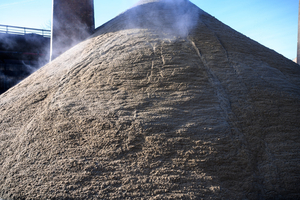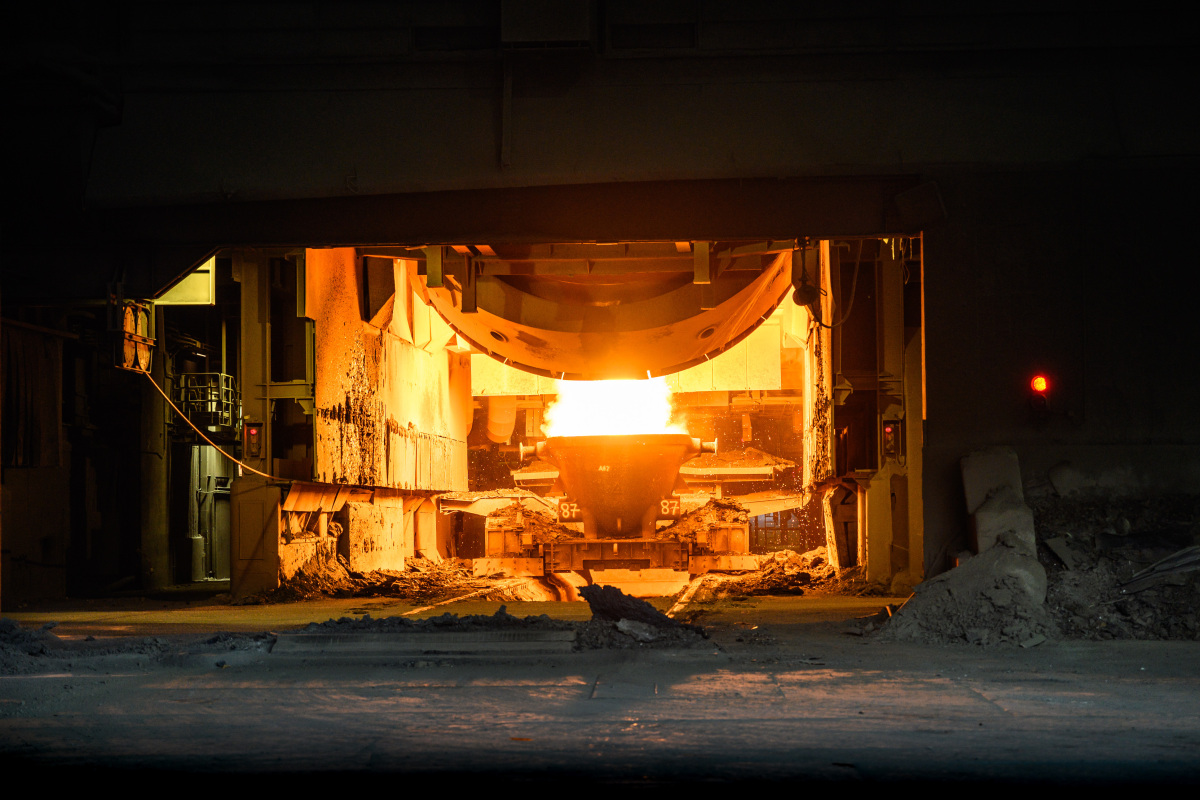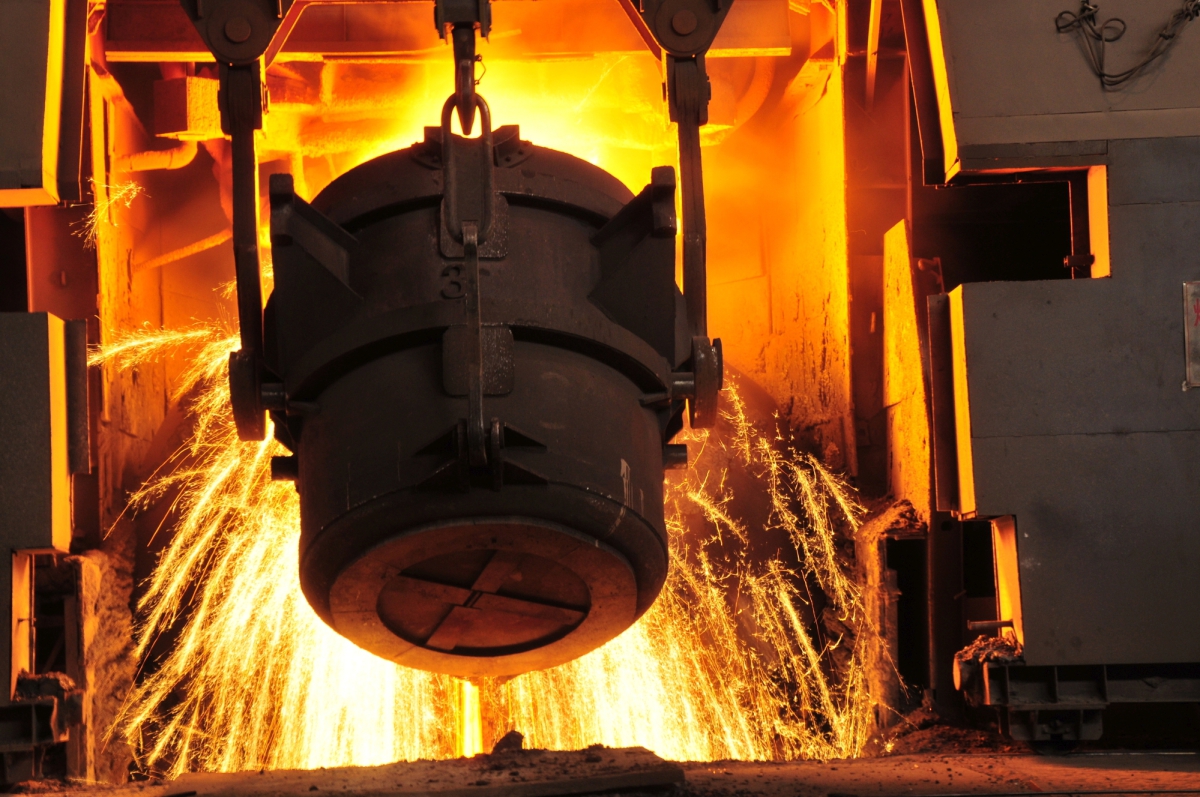More circular economy, less resource consumption
By 2023, ironworks slag by-product
replaces 14 million t of natural rock
Despite the transformation and the difficult economic conditions, the by-products of the steel industry continued to make a major contribution to resource conservation, the circular economy and climate protection in 2023. Of the total of 11.4 million t of iron and steel slag produced in Germany, 92% was used in various applications and within plants. This avoided the extraction of 14 million tons of natural rock and the emission of 4.3 million t of CO2.
The amount of iron and steel slag produced in 2023 is made up of 7.0 million t of blast furnace slag and 4.4 million t of steelworks slag. Of this, 6.6 million t could be used in cement, 3.0 million t for road construction, 0.5 million t in fertilizers and 0.4 million t within the plant.
The by-products of steel production have thus replaced a total of over 1.1 billion t of natural rock between 1948 and 2023. While 408 million t of lime, clay and sand were replaced by the use of granulated blast furnace slag, a total of 629 million t of natural rock were replaced by aggregates and a total of 86 million tonnes of natural lime by fertilizers. The use of granulated blast furnace slag instead of Portland cement clinker in cement also resulted in 231 million t less CO2 being emitted during this period.
Thomas Reiche, Managing Director of FEhS - Institute for Building Materials Research, which collects the figures annually: “Ferrous slags are high-quality resource and climate-friendly recycled materials. Their use in the various fields of application also contributed to sustainable management in 2023. As part of the transformation of the steel industry, we must do everything we can to ensure that these by-products can continue to be used in the future. In addition to science and research, it is above all up to politicians to create the appropriate framework conditions. Our proposal for adjustments to the regulations in the cement/concrete sector is on the table with the regulatory institutions.”






